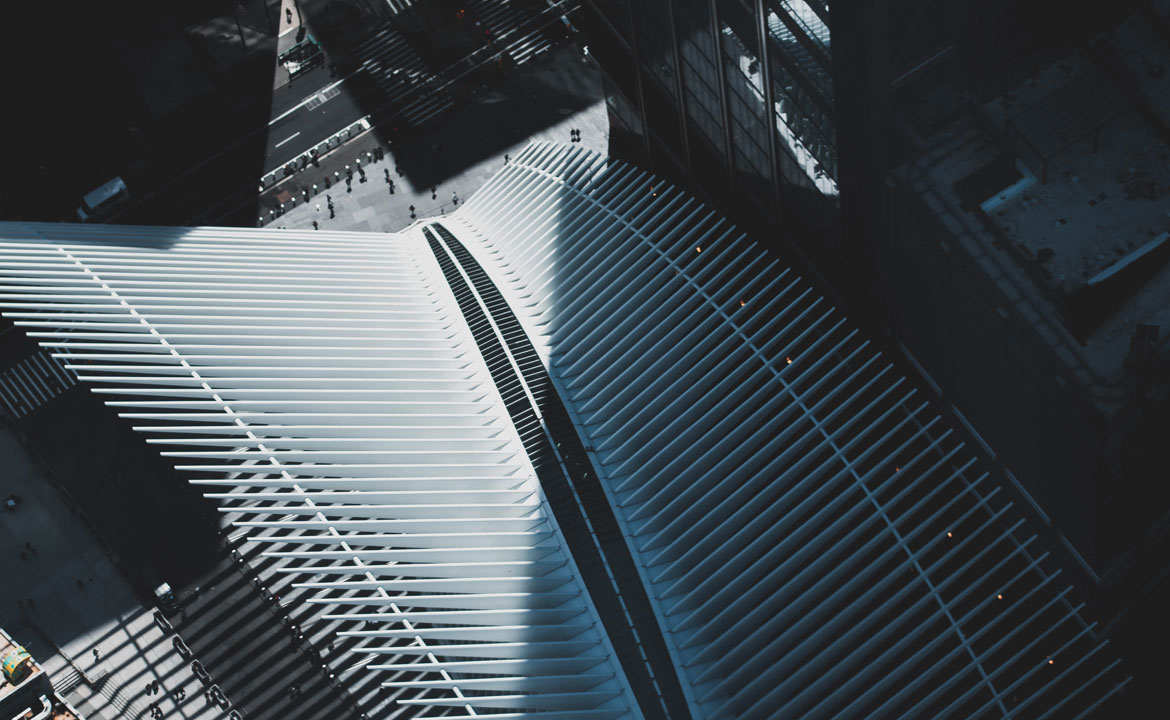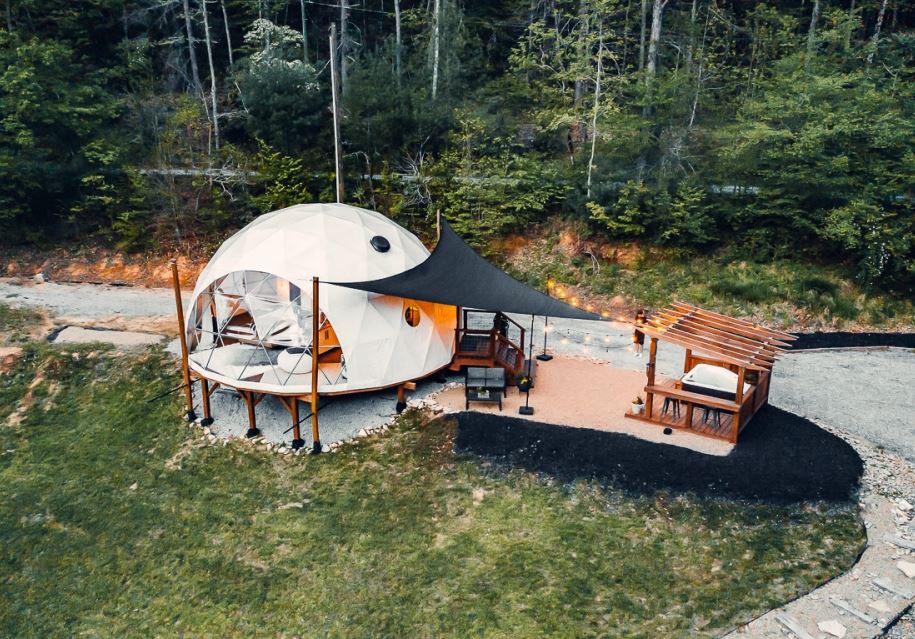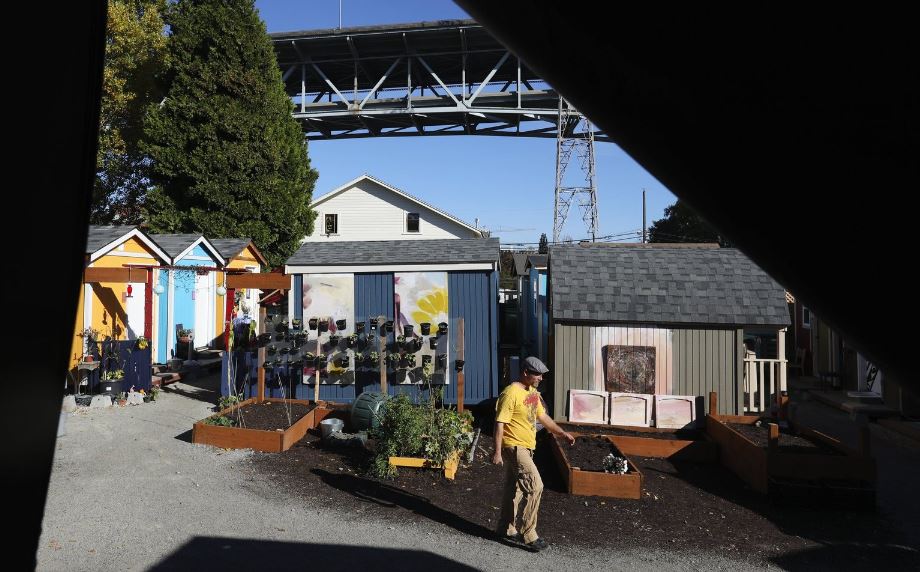Yesterday against Today and Tomorrow The 20th century was marked by dominance in rectilinear and orthogonal design structures because the materialistic aspirations of the industrial age could only be fulfilled that ways. A little reflection would show how mechanical the entire process was. But, the new-age is marked by ‘a free style,’ which highlights beauty and harmony, through its curves and free-flowing forms that is more akin to the human body, mind and spirit. Such architecture enraptures the dwelling individuals and they not only feel better, but also freer and more expressive. The Modern Manifestation In this millennium, scientific explorations brought us a more holistic and organic picture of the universe. Thus, a craving for new forms of expression bearing semblance to nature’s diversity emerged. Buildings that resemble a breaking wave or a blooming flower will challenge the existing paradigm and sweepingly transform architecture and building design in the 21st century. The Opera House at Sydney harbor that resembles a boat’s sails and the spiral forms that resemble sea-shells at New York’s Guggenheim Museum are perfect manifestations of organic architecture. The Driver of Change Modern computing, information technology and the rapidly expanding computer-aided design (CAD), across all fields of architectural design, have helped architects in giving shape to their creative process. The latest three-dimensional BIM softwares have made it a breeze to design complex and sophisticated building structures. Curved forms like arches, domes, vaults, and spheres are not only stronger, but also more efficient and economical than their rectilinear counterparts. The radical transformation in building design is also putting a simultaneous ripple-effect on other design fields like furniture, lighting, textile design, landscape and interior design. A Natural Art Form Organic architecture puts a building in a continuous logarithmic spiral where open-space platforms are suspended from a central mast by cables. The spaces appear to float over each other as if defying gravity. Inspired by the natural symmetry and non-linearity found in nature and organisms, organic architecture is characterized by visual poetry and idiosyncrasy. And in tune, it embodies a harmony of person, place, and materials.,





